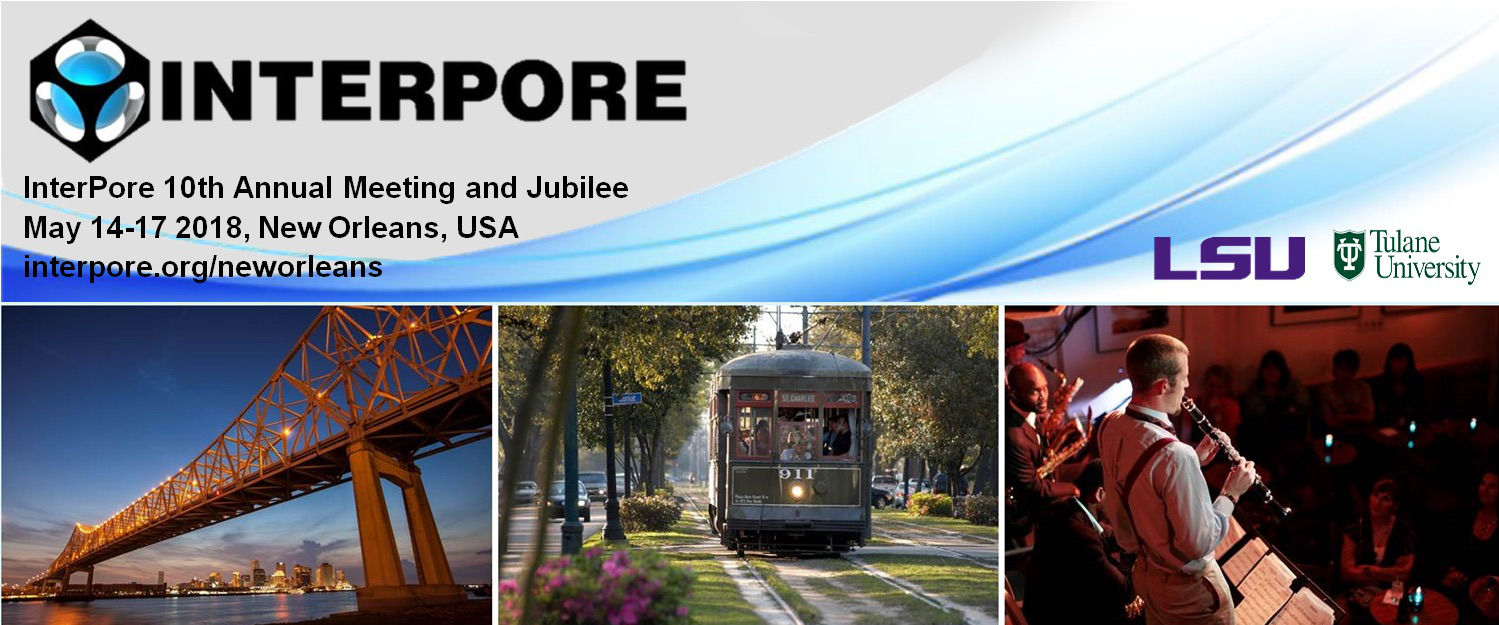Speaker
Description
The physical processes which determine the sessile droplet / porous paper interactions have been the subject of many studies in the last decades. Both theoretical understanding and sustainable industrial applications are the driving forces for these studies. Nowadays, inkjet is one of the main printing technologies, offering the flexibility of digital printing at a breakthrough cost price, productivity, print quality and versatility.
In this work we study the behavior of a sessile droplet on coated media, using experimental setups as high speed camera recordings (HSCR) and Automatic Scanning Absorptometer (ASA) as well as the computational modeling. We aim understanding the three main physical phenomena that dictates droplet dynamics: absorption, evaporation and spreading.
The experimental HSCR data are used to extract the contact angle and base diameter of the droplet, while the ASA data reveal directly the absorption rate of liquids into porous substrates.
To model the evaporation process of water/glycerol mixtures we use the Popov’s theory with Raoult’s law and activity coefficients. Absorption is modelled using Darcy law with Carman-Kozeny permeability considering the liquid with homogeneous composition. The process of spreading is modelled considering both the pinned and the unpinned droplet on the media. In the first case, the diameter of droplet/substrate interface is constant and the contact angle is determined. For the unpinned case, the Newman formulation is used to determine the contact angle based on the solid-vapor surface tension and the liquid-vapor surface tension, and with this, the base diameter is computed. Surface tension depends on liquid concentration and diffusion/adsorption kinetics of surfactants at the interface.
| Acceptance of Terms and Conditions | Click here to agree |
|---|


